Rocky Climates
2021-ongoing
Rocky Climates research network website
Rocky Climates is an experimental practice-based research network, developed by Sarah Casey, Jen Southern and Rebecca Birch that brings together artists and researchers who are concerned with the mobilities and instabilities (temporal, spatial, cultural, environmental) of landscapes in uncertain times.
The network was initiated in summer of 2021 in a series of Zoom meetings; ‘Conversations with rocks’, hosted by participating artists and researchers from rocky environments. The meetings tested a form of remote fieldwork, where we used Zoom as a portal to connect sensorially and materially to the different locations, creating space for experimenting together, thinking and making with the environments and with each other.
Currently participating are: Livi Adu, Ellie Barratt, Gudrun Filipska, Anthony Hall, Fritha Jenkins, Simone Kenyon, Paula Kolar, Signe Liden, Matterlurgy (Helena Hunter and Mark Peter Wright), Sarah Simblet, Dominic Smith, Rob Smith, Emma Stibbon, Nina Wakeford and Joanna Taylor.
We are currently working towards funding further network activity, and welcome new participants. The network and new funding applications are structured to enable salaried researchers to work alongside precariously employed or self-employed artists on equal and fair terms.
I hosted a conversation with the rocks at Rydal Cave in Cumbria. The cave had been a mine, so is a man made hole in the rock, its floor partially filled with water that reflects the sky outside. there have been rock falls from the ceiling and visitors are encouraged not to enter, but this does not deter a steady stream of people. The local mountain rescue website lists incidents, in this area they are mainly falls, slips, sprains and breaks. The conversation with this rock was one of extraction, accident, breaks, and the sense of rockiness is one of instability and danger. I was also drawing on N.K. Jemisin's trilogy 'The Fifth Season', in which some people can 'feel' into rock, can sense it and move it, and are persecuted for this power.
I used the mobile network signal strength on our zoom call to feel the instability and the density of the rock. By walking in and out of the cave the video image would gradually lose definition and start to fragment and glitch. As I pushed on into the cave my signal gave out and disconnected, but sometimes could cling on as I felt my way through physical and network presences. By walking in and out repeatedly we found areas of signal, almost riding the fluctuating coverage that flows around and into the density of the rock and the gaping hole at its centre.
Using what would normally be a problem with a call helped to produce a post-human conversation between rock, network, phone, my movement, and the group online.
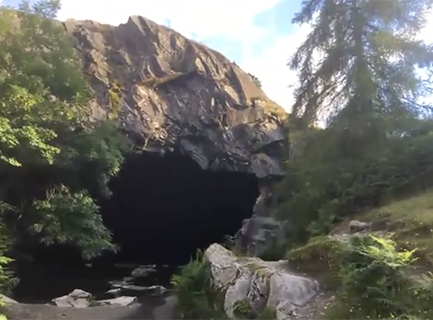
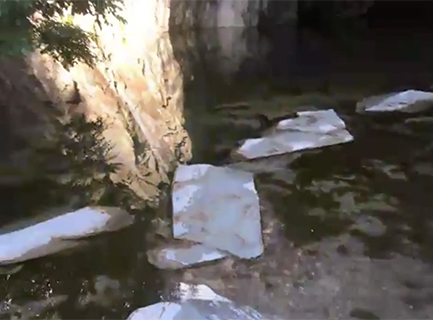
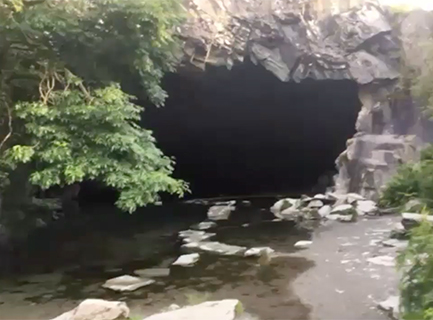
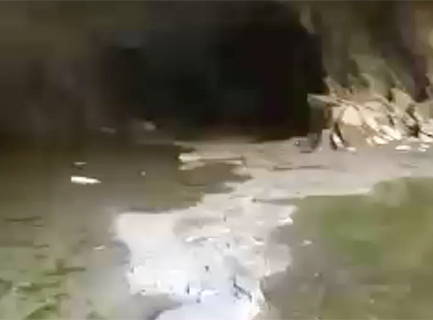


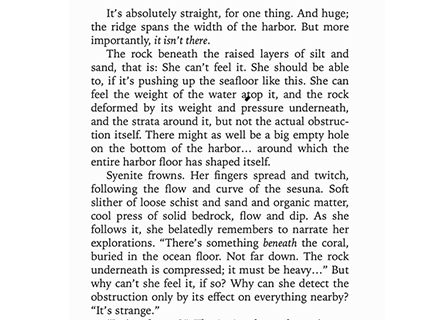
![]()
